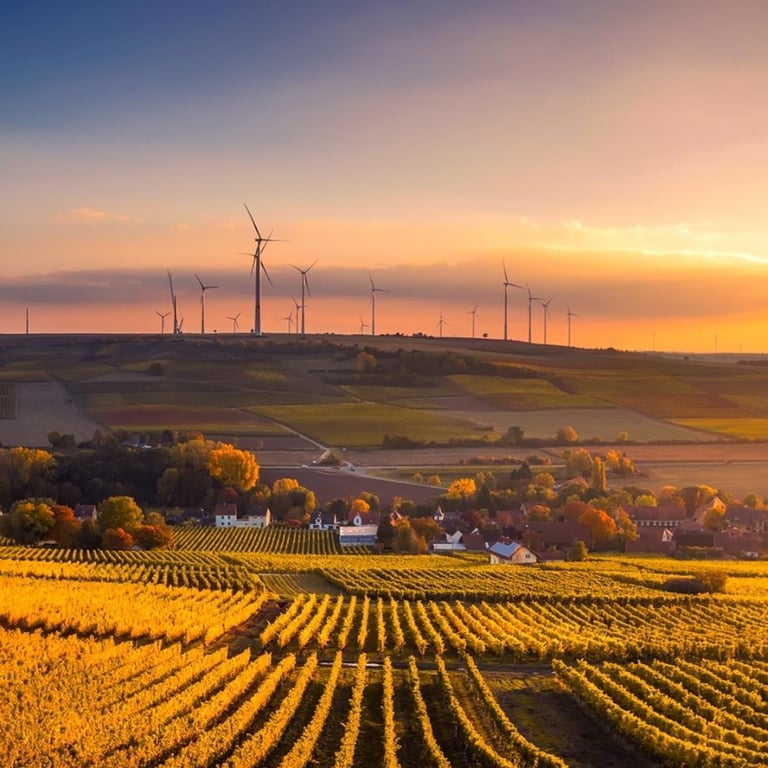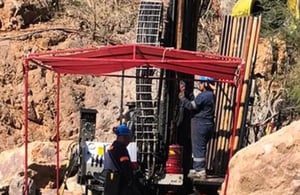John Wood Group PLC (LON: WG.) have today provided the following pre-close trading update for the six months to 30 June 2019.
“Our first half performance is ahead of prior year. We have delivered significant growth in operating profit together with EBITDA margin improvement. This has been led by our activities in energy markets in the eastern hemisphere and our environment and infrastructure operations in North America, together with the delivery of further cost synergies. Our expectation of revenue growth, strong earnings growth and cash generation in 2019 is unchanged.”
Robin Watson, John Wood Group PLC Chief Executive
Trading performance and outlook
Performance in the first half is up on the prior year. Revenue is line in with H1 2018 and we have delivered earnings growth and margin improvement. Our operational margin improvement has been led by relative strength in energy related activity in Asset Solutions EAAA and in built environment activity within Environment & Infrastructure Solutions, together with further cost synergy delivery. Excluding the impact of IFRS 16, adjusted EBITDA2 in the first half will be up around 7% and operating profit2 (pre-exceptional items) will be up around 25% on H1 2018.
Our full year outlook is unchanged, despite the impact of disposals completed in H1 which contributed EBITDA of over $20m in 2018. Revenue growth in the region of 5% weighted to the second half, together with the benefit of cost synergies of around $60m, is expected to lead to growth in adjusted EBITDA in line with market expectations1.
As expected, net debt (excluding the impact of IFRS 16) at the end of June will be c$1.6bn, broadly in line with the 2018 year end position. This reflects the benefit of first half earnings growth and our continued focus on the active management of working capital offset by the final dividend payment of $159m in May, the payment of known exceptionals and cash outflows on contract provisions including Aegis, as expected.
There is no change to our expectations on cash conversion and net debt guidance for the full year. We expect a modest reduction in absolute net debt excluding the impact of disposals.
Current trading across our business units is set out below. Our activities address four main markets across energy and the built environment. Around 40% of our activity is in upstream & midstream, c20% in chemicals & downstream and around 25% of our business is in renewables & other energy. The built environment accounts for the remaining 15%.
Asset Solutions Americas (c35% of Revenue)
As anticipated, revenue in ASA is up on H1 2018. EBITDA is slightly down due to cost overruns in heavy civils and pipeline work related to weather delays and execution issues in the first quarter. We are seeing increased activity in downstream and chemicals from our EPC scope for a Gulf Coast plastics manufacturing facility and the YCI methanol plant. There is good activity in US shale focused on facilities and pipelines in the Permian and Niobrara. We have improving visibility on early stage concept and FEED projects in offshore upstream work. Solar and wind project awards will contribute to increased activity in H2. Operations solutions activity levels are expected to be up on 2018 although the market remains competitive.
Asset Solutions Europe, Africa, Asia and Australia (c35% of Revenue)
ASEAAA generated revenue in line with H1 2018 and delivered good EBITDA growth. Underlying margins benefitted from good execution, changes in revenue mix which included lower procurement revenues, and cost synergies. We saw relative strength from operations solutions work in the Middle East, driven by Iraq and the Caspian and growth in Asia Pacific, from Papua New Guinea and Australia, which is expected to continue. We also delivered stronger performance in our turbine joint ventures including EthosEnergy. Capital Projects performance in H1 reflected lower procurement activity and benefitted from work on the FEED and project management consultancy scopes for Aramco, on both the Marjan field and the integrated crude oils to chemicals complex. Increased activity is anticipated in H2 across ASEAAA led by Capital Projects, Middle East and Caspian.
Specialist Technical Solutions (c15% of Revenue)
Revenue and EBITDA performance in STS is in line with H1 2018. We are seeing good revenue growth in our subsea and technology & consulting activities. Activity on the STS-led scope of the TCO Automation project is reducing as expected, as the contract progresses towards the next phase. We continue to expect earnings to benefit from margin improvement initiatives. These will more than offset the reduction in earnings following the disposal of Terra Nova Technologies in May, which contributed adjusted EBITDA of around $7m in 2018.
Environment and Infrastructure Solutions (c15% of Revenue)
E&IS delivered good growth in revenues and an improved margin performance in the first half of 2019, benefitting from government and industrial spending increases in the US and Canada, which are expected to continue supporting activity. EBITDA is benefitting from improved performance in capital projects due to our decision not to pursue certain higher risk, fixed price contracts. We continue to expect the Aegis project to be substantially complete around the end of 2019 with commercial close out expected in 2021.
Capital structure
We remain committed to a strong balance sheet and achieving our target leverage of 1.5x net debt to adjusted EBITDA on a pre-IFRS 16 basis. There is no change to our full year guidance; we expect a modest reduction in absolute net debt excluding the impact of disposals. We continue to expect cash conversion, post exceptional items, to remain strong at 80-85% for the full year, taking into consideration the structural improvement in working capital management, lower cash exceptionals of c$100m and the anticipated cash outflows on Aegis of c$80m. Cash exceptionals and cash outflows on Aegis are expected to reduce significantly in 2020.
We have made further progress on disposals in the period with proceeds of $38m relating to the sale of Terra Nova Technologies received in May. A number of active sales processes are underway and we remain confident of generating proceeds in aggregate of $200m to $300m.
As expected, net debt (excluding the impact of IFRS 16) at the end of June will be c$1.6bn, broadly in line with the 2018 year end position. This reflects the benefit of first half earnings growth and our continued focus on the active management of working capital offset by the final dividend payment of $159m in May, the payment of known exceptionals and cash outflows on contract provisions including Aegis, as expected.
Financing
Following a $140m part refinancing in Q1 2019, we have made further progress with the refinancing of our existing term loan facility which is due to mature in October 2020, securing $364m from US private placement providers in June. This extends the maturity of our debt profile and further diversifies our sources of long term finance at competitive rates, with the majority comprising a mix of seven to 12 year redemption dates at a fixed rate of around 5%. The refinancing has no material impact on our expectations for the full year interest expense.
Adoption of IFRS 16
IFRS 16 Leases became effective on 1 January 2019. The most significant change for Wood is the accounting for property leases. Rental charges that were previously recorded in operating costs in respect of these leases will now be replaced with depreciation and an interest charge. We have chosen to apply the modified retrospective approach on adoption of IFRS 16 and, using this approach, there is no restatement of 2018 comparatives in 2019. We anticipate that 2019 adjusted EBITDA will increase by c$170m due to these accounting changes. Overall we expect the impact on the profit/ (loss) for the year from continuing operations to be immaterial. A lease liability of around $570m will be recognised on the balance sheet. All of our financing covenants are set on a frozen GAAP basis, so will not be impacted by the adoption of the standard.





































